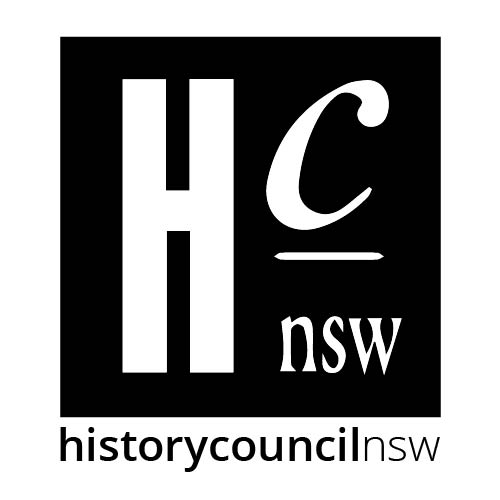Funded by the NSW Office of Environment and Heritage Aboriginal Heritage projects, the new histories are important contributions to the preservation of Aboriginal history and stories.
We are very pleased to have completed our commissioning and uploading of nine new entries about Aboriginal Heritage buildings and sites. In addition to the entries themselves numerous stub entities have been created, linking the new content elsewhere in the Dictionary, thus creating a rich and engaging experience for the visitor.
Links to all nine entries can be found here:
The places covered include:
Appin Massacre
As white settlement spread across the Cumberland Plain good relations and mutual assistance were common with Aboriginal people but dispossession also lead to violence and assaults which culminates at events near Appin in 1816.
Bidura
As the primary hub for child welfare in Sydney, Bidura is a place shared by members of the Stolen Generations and Forgotten Australians and is remembered by them with little fondness.
Colebee and Nurragingy’s land grant
The land granted to Colebee and Nurragingy in 1819 was one of the rare instances where the colonial government recognised Aboriginal interests in land. The site is of enduring importance for Aboriginal people who trace their traditional ancestry and social history back to this place and is part of the ongoing history of Aboriginal peoples’ struggle for land rights.
Manly Cove, Kai’ymay
Manly Cove was the site for first encounters between people from opposite sides of the globe; the site of greeting, gift-giving and dancing, of goodwill and curiosity, as well as betrayal, violence, justice and retribution.
Parramatta and Black Town native Institutions
The Parramatta and Black Town Native Institutions existed from 1814 till 1829 as part of a campaign initially led by Governor Lachlan Macquarie and designed to inculcate European ideas of ‘civilisation’, commerce and Christianity into Aboriginal people and turn them into industrious workers.
Redfern Park
Redfern Park has always been a significant social, cultural, political and historical site for Aboriginal people both as a sporting venue and place of reflection for the community.
Royleston
Royleston, like the nearby girls’ institution, Bidura, served as a depot for children in the New South Wales Government child welfare system from 1922 until 1983 providing temporary accommodation for children in transit between children’s court hearings, foster care and institutions. For many members of the Stolen Generations and Forgotten Australians, it was a harsh and loveless place.
The Empress Hotel, Redfern
The Empress Hotel in Redfern was an important meeting place for the Aboriginal community and a central place to socialise. It was also the site of heavy-handed police action and the focus of racial persecution.
Yarra Bay House
Yarra Bay House, originally built at La Perouse as a cable station, served as a NSW Government children’s home from around 1917 until the 1980s. Since 1984 it has been owned by the La Perouse Local Aboriginal Land Council and has been the hub of the La Perouse Aboriginal community.
These new entries place Aboriginal heritage within the wider picture of Sydney’s past. Both familiar and unexpected, they enrich our understanding of Aboriginal and non-Aboriginal Sydney as both a place and a community.
